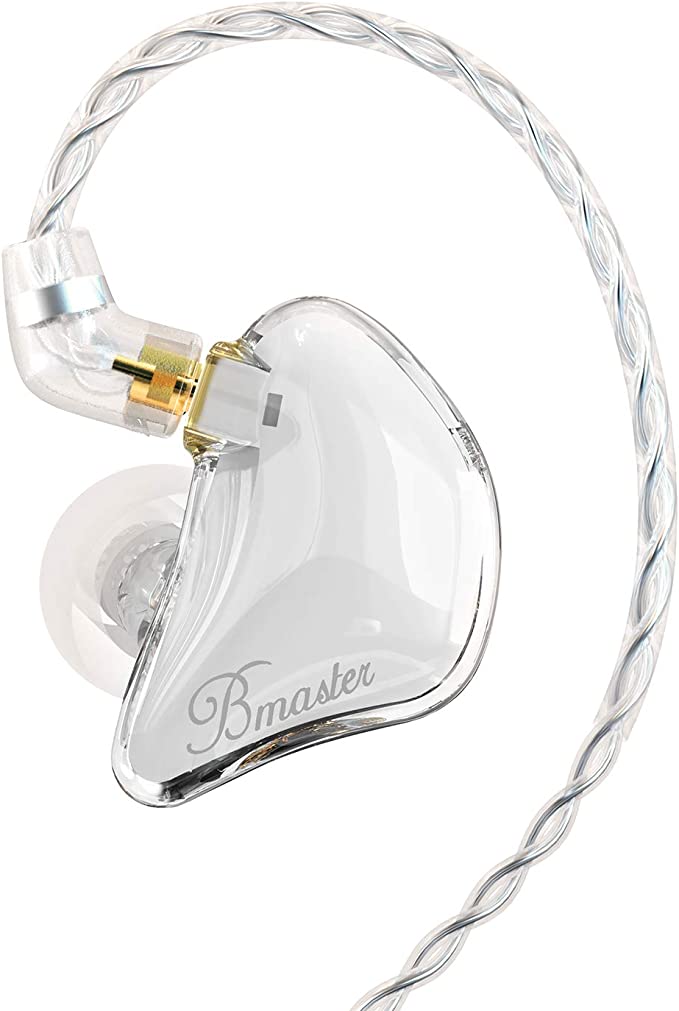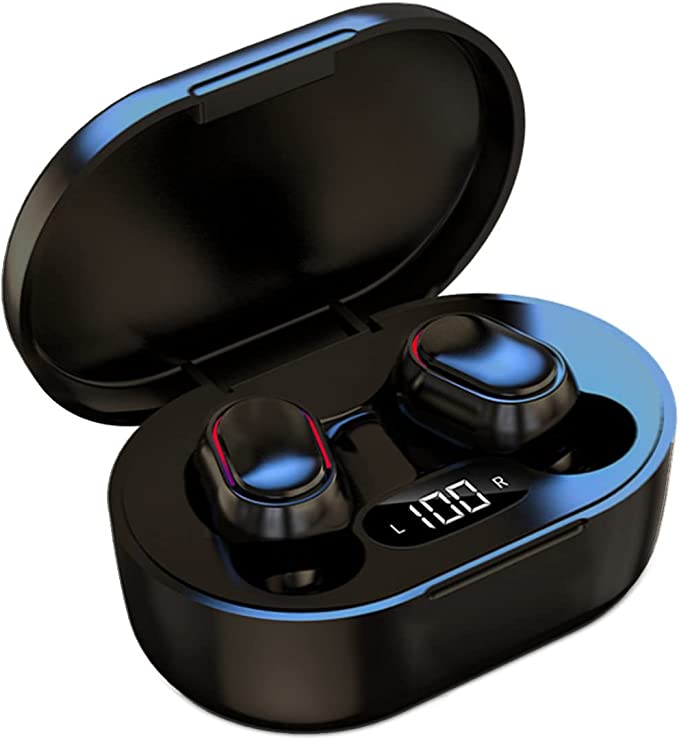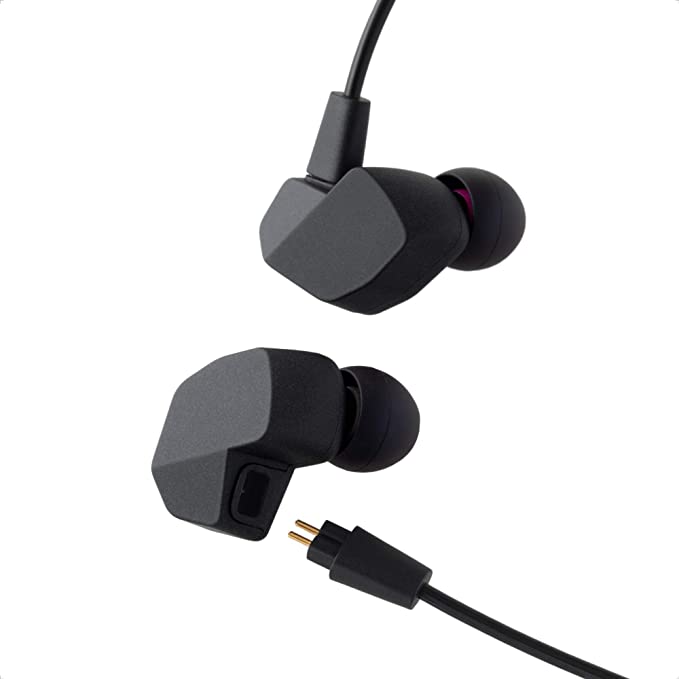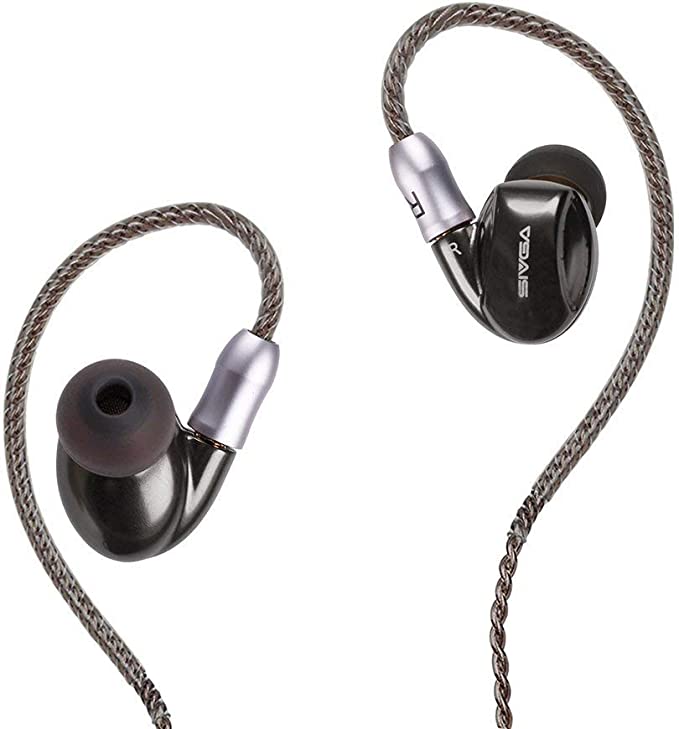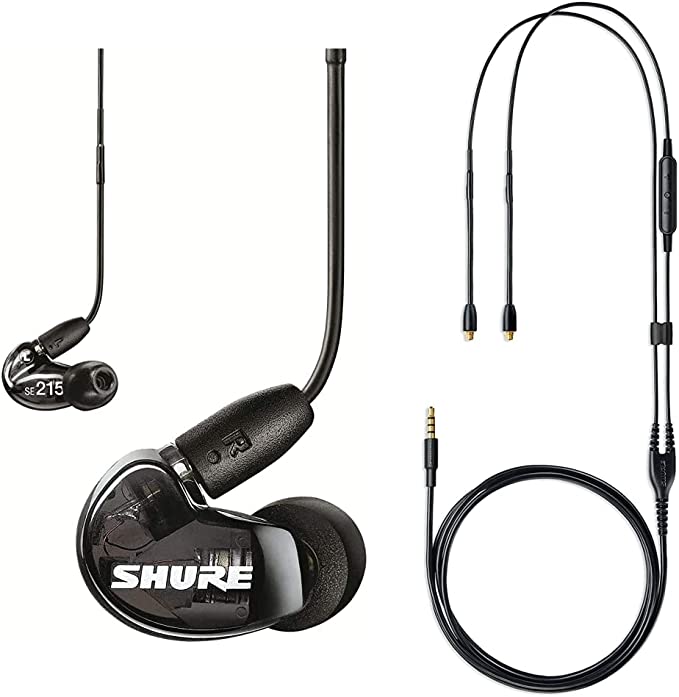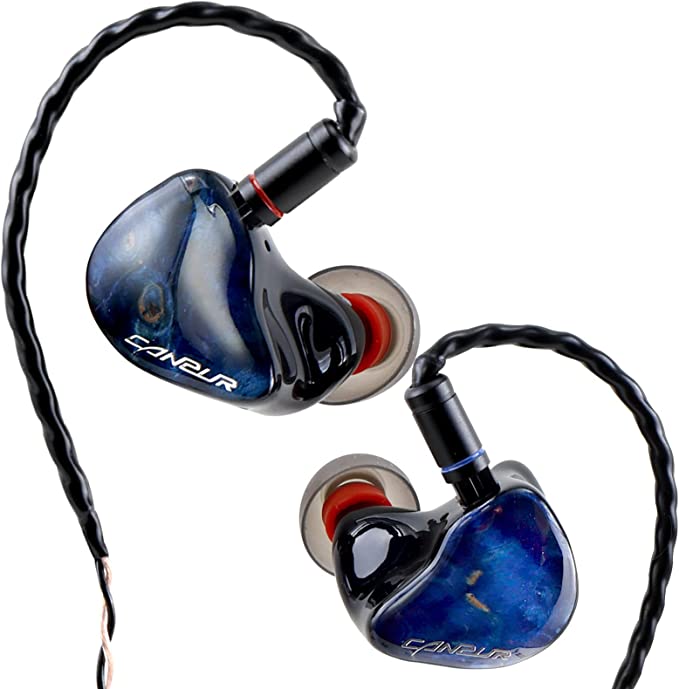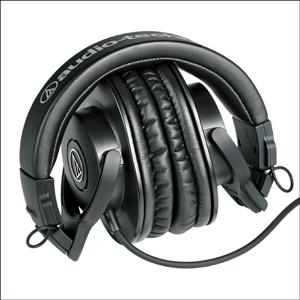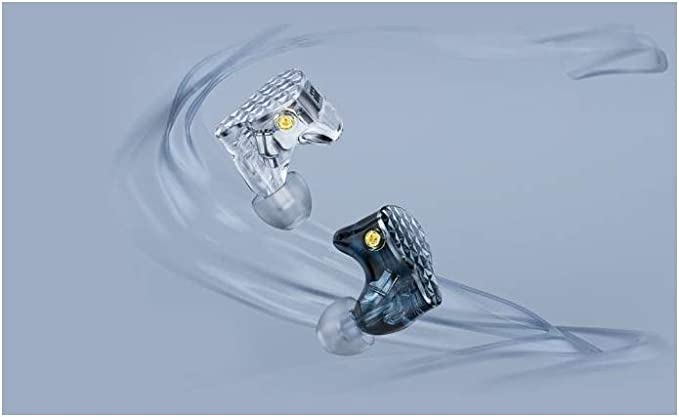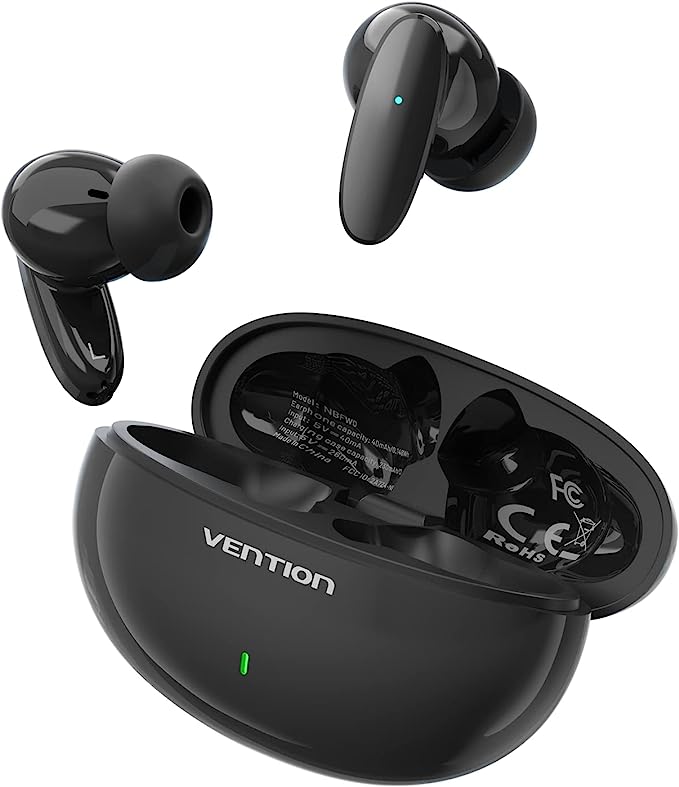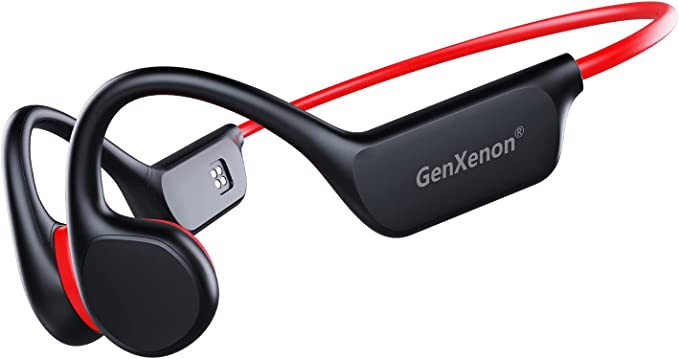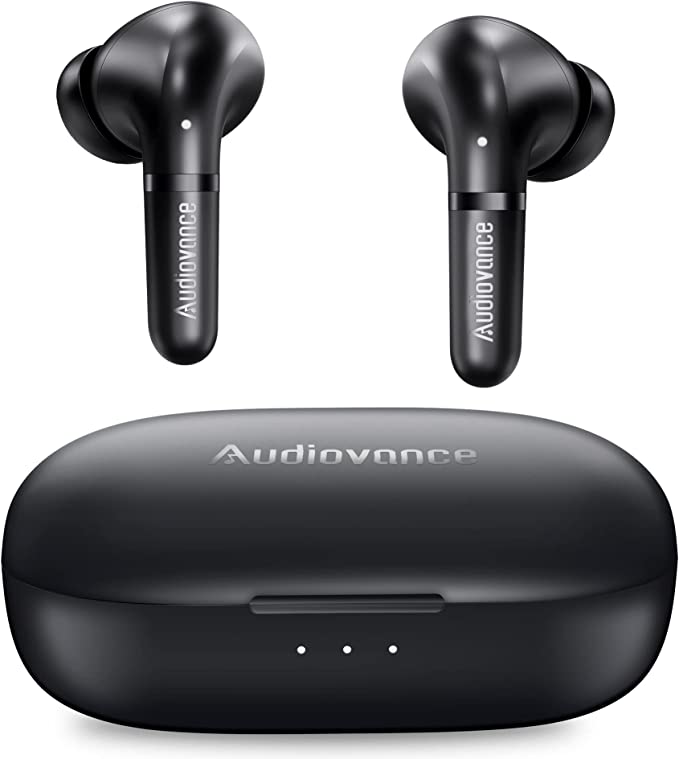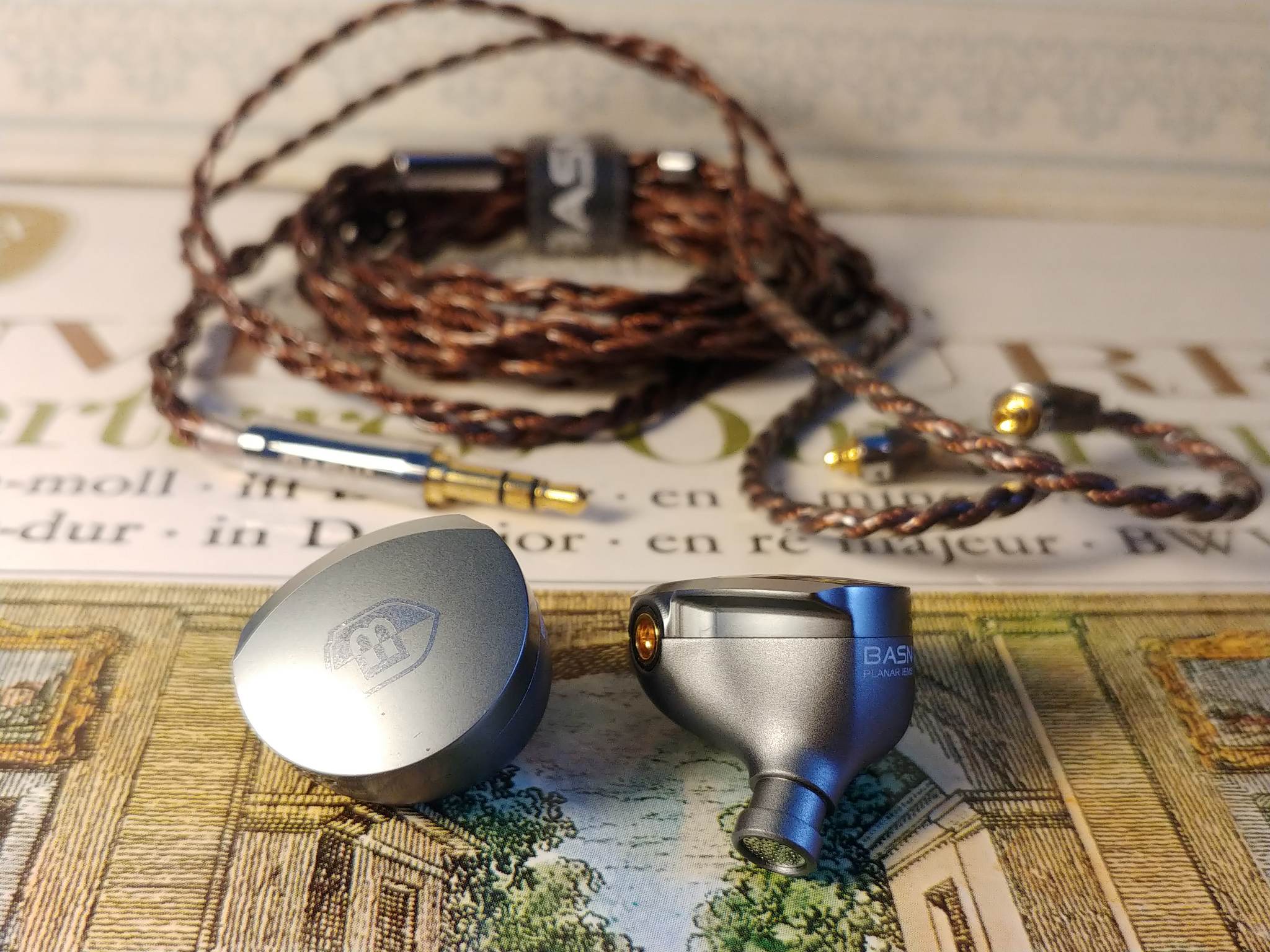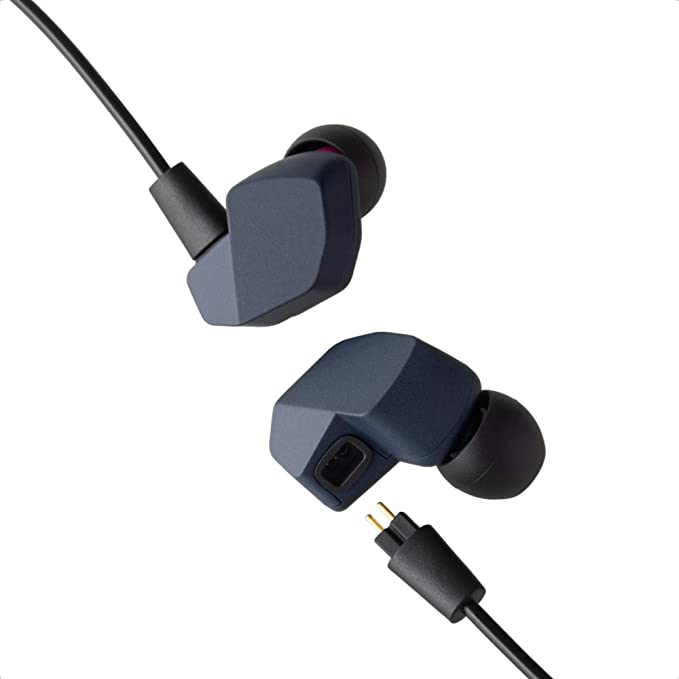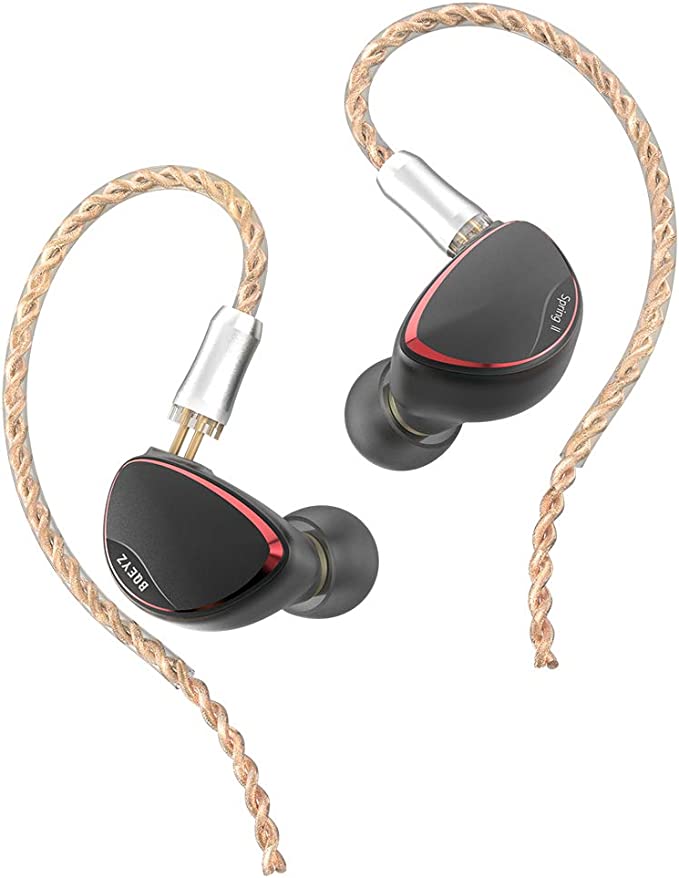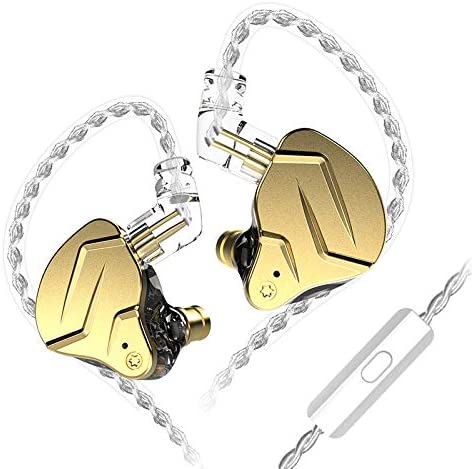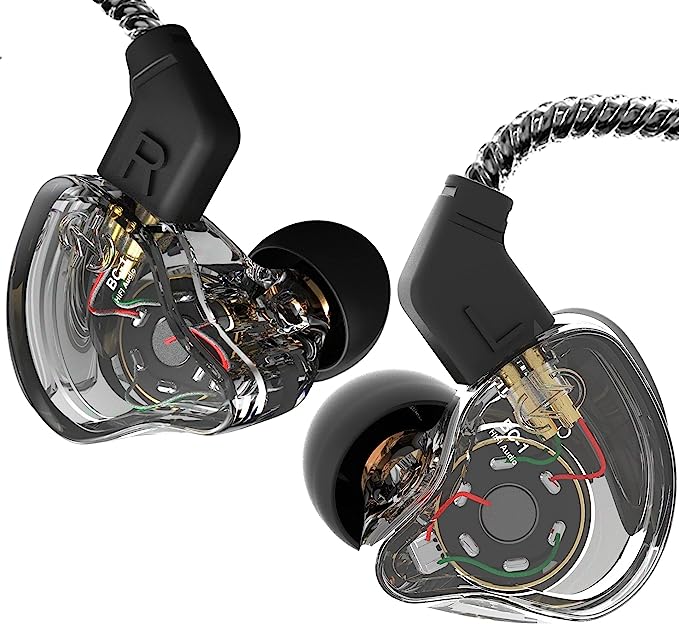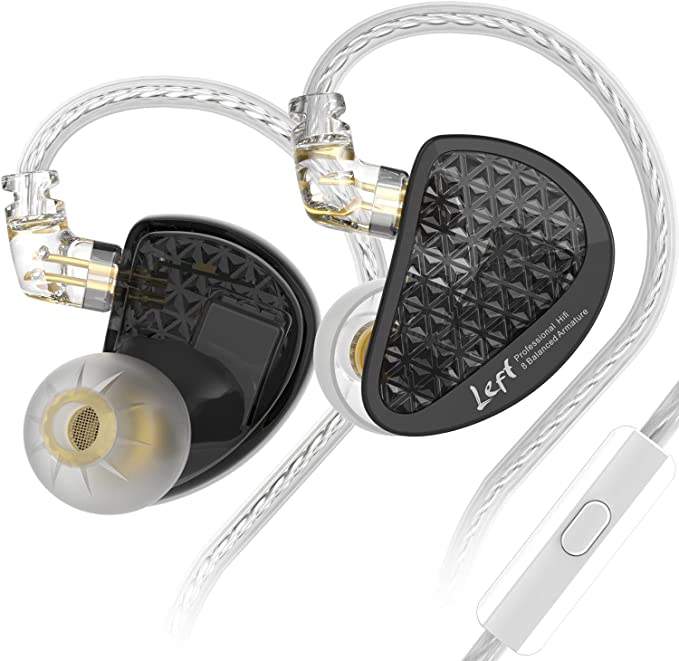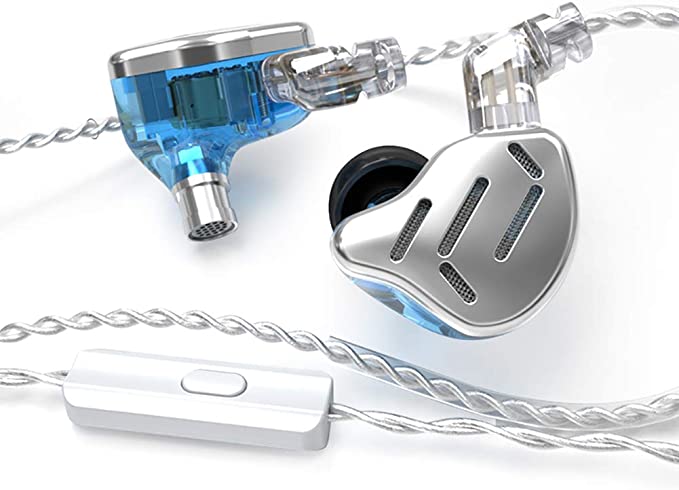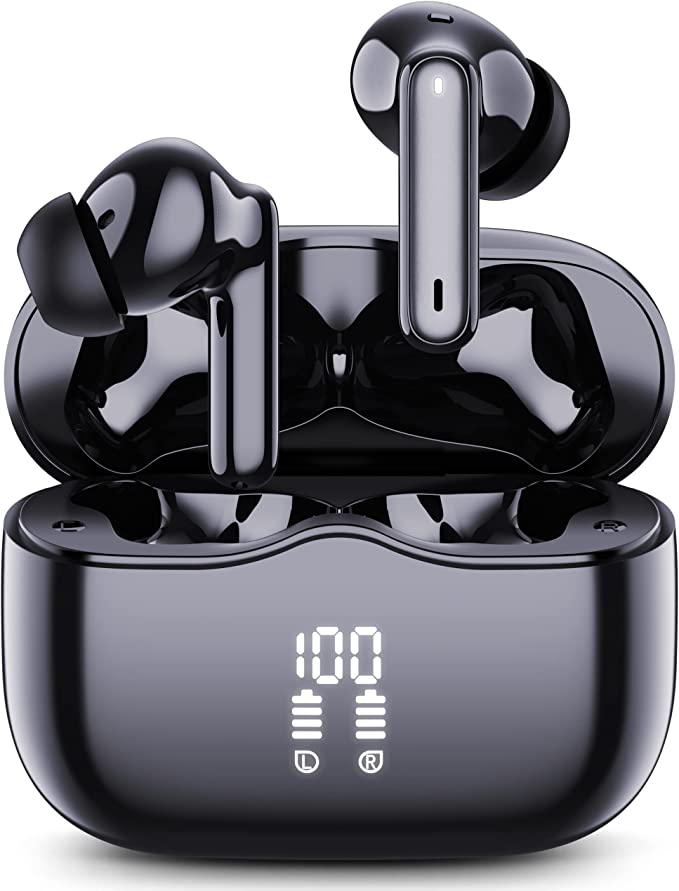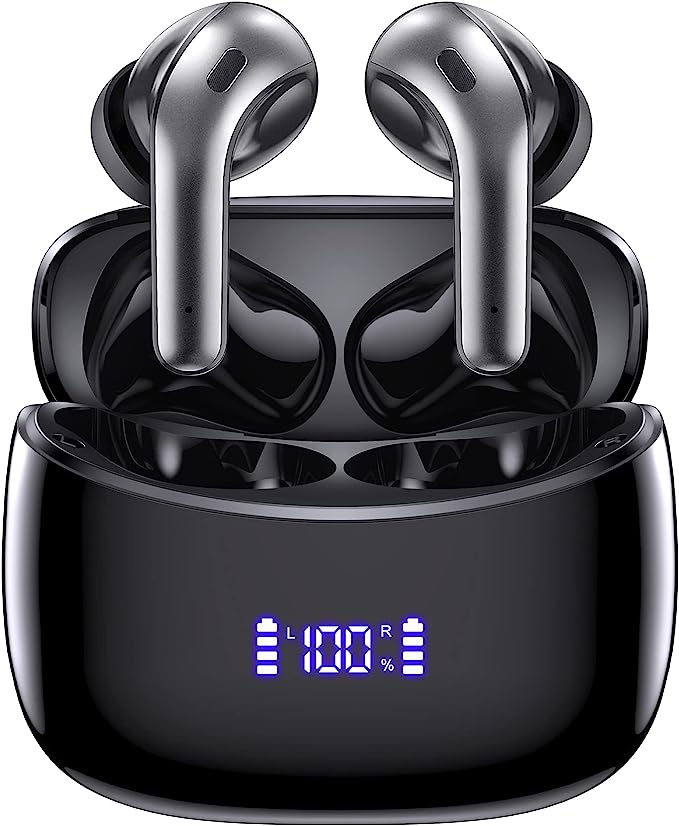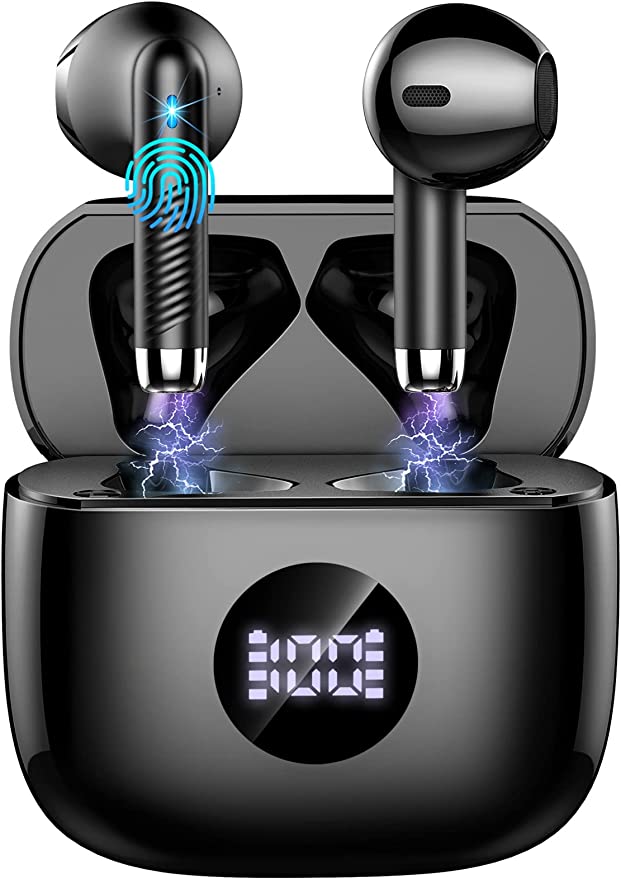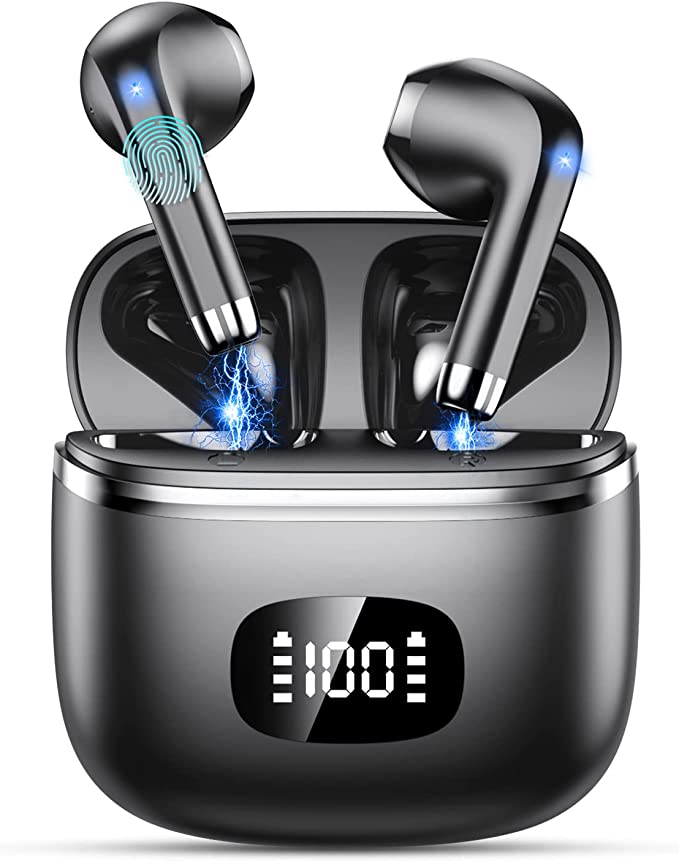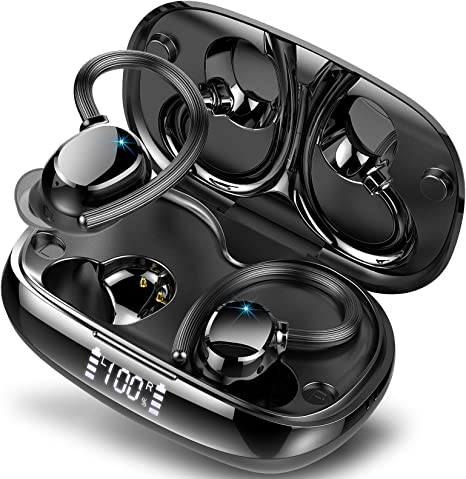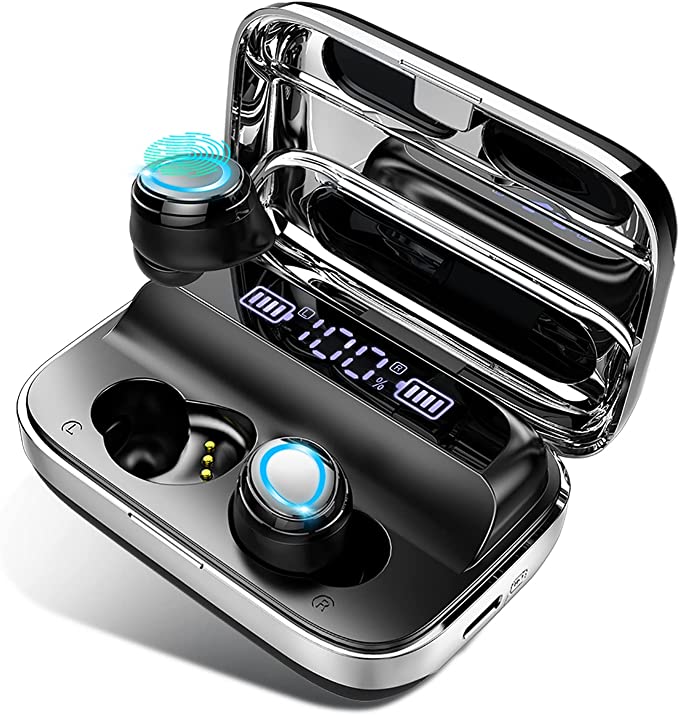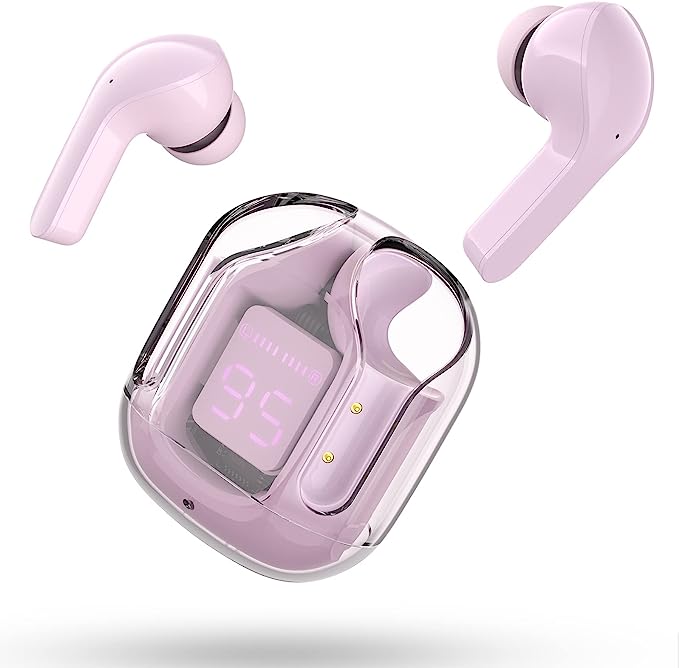Silence on the Go: Understanding Sound Isolation with Status Audio Between Micro Earbuds
Update on July 24, 2025, 3:15 p.m.
Humanity has always chased silence. We have sought it in the hushed halls of monasteries, the secluded depths of libraries, and the vast, empty landscapes of the natural world. In our modern age, a relentless cacophony of notifications, traffic, and chatter has made this quest more urgent than ever. Technology has responded with an arsenal of solutions, chief among them earbuds promising to erect a wall between us and the world. But within this market lies a fascinating puzzle, embodied by products like the Status Audio Between Micro. Its name suggests one kind of magic—“True Noise Cancelling”—yet its power comes from a source far older, more fundamental, and arguably, more elegant. Its secret is not complex electronics, but the masterful application of physics.

The Architecture of Hearing and the Nature of Sound
Before we can build a fortress against sound, we must understand the invader. Sound is not a thing, but a disturbance—a wave of energy propagating through a medium like air. These waves, first systematically studied by 19th-century pioneers like Hermann von Helmholtz, are defined by their pressure and motion. For a sound to be blocked, its energy must be stopped.
Our ears are exquisitely sensitive instruments designed to capture this energy. A sound wave’s journey from the outside world to our brain is a marvel of biological engineering, a chain reaction of mechanical amplification that ends in the delicate cochlea, where vibrations are finally translated into the neural code of perception. This system is a gateway, and the most effective way to guard a gateway is to build a formidable gate. This is where a crucial concept in physics comes into play: acoustic impedance.
Think of it as a form of resistance. Air, being light and compressible, has a very low acoustic impedance. A dense, solid material has a very high one. When a sound wave traveling through the low-impedance air strikes a high-impedance boundary—like a brick wall or a well-designed earbud—it cannot easily transfer its energy. Most of the wave is simply reflected, its journey abruptly halted. This principle of impedance mismatch is the very foundation of passive sound blocking.
Two Philosophies of Quiet
In the technological pursuit of silence, two distinct philosophies have emerged, each with its own history and methodology.
One is The Counter-Offensive: Active Noise Cancellation (ANC). This is a story of electronic ingenuity. As far back as 1933, a German physicist named Paul Lueg filed a patent for a radical idea: to cancel a sound wave by creating another one exactly like it, but as a perfect mirror image (or 180 degrees out of phase). When the crest of the noise wave meets the trough of the “anti-noise” wave, they annihilate each other in a whisper of destructive interference. It was a concept far ahead of the processing power of its time, but it laid the groundwork for the sophisticated ANC systems in modern headphones, which use microphones and microchips to wage a constant, real-time war on ambient sound.
The other, older philosophy is The Fortress: Passive Sound Isolation. This is not a war, but an act of fortification. Its history is rooted in the world of professional music. In the 1980s and ’90s, musicians performing on thunderously loud stages needed a way to hear their own instruments clearly. The solution was the In-Ear Monitor (IEM), a device designed with a single, primary goal: to create a perfect physical seal in the ear canal, blocking out as much external noise as possible. The aim was purity and protection, achieved through superior physical design. This is the legacy that the Status Audio Between Micro inherits.
Anatomy of an Elegant Solution
To dismiss sound isolation as a “lesser” technology than ANC is to miss the point entirely. It is a different, more elemental approach, and the Between Micro is a compelling case study in its execution. The product’s listed specifications are not just features; they are clues to its design philosophy.
The most telling clue is its weight: a mere 4 grams. This extreme lightness is not just an ergonomic footnote for comfort; it is central to its function. A smaller, lighter earbud can be seated more deeply and securely within the ear canal, creating a more complete and reliable seal. The minimalism is the method. It allows the earbud to become one with the user’s anatomy, maximizing the impedance mismatch and building a more effective fortress wall.
The second critical element is the material science of the seal itself. The ear tips that accompany such earbuds are typically made of silicone or memory foam, and the choice matters immensely. Silicone is durable and easy to clean, but its smooth surface may not conform to every unique ear canal shape. Viscoelastic polyurethane, or memory foam, is where the magic truly happens. Activated by body heat, this material expands gently to fill every tiny crevice of the ear canal. It doesn’t just block sound; its open-cell structure actively absorbs sound energy, converting it into minuscule amounts of heat. It is both a barrier and a cushion, a testament to how the right material can perfect a physical design.
Why This Silence Matters
The quiet achieved through superior sound isolation is not just about peace; it has profound physiological and psychological benefits. Our brains are constantly performing a feat known as the “cocktail party effect”—actively filtering out a sea of background noise to focus on a single conversation. This is incredibly taxing. By physically blocking that noise from ever reaching the eardrum, a well-sealed earbud reduces the brain’s cognitive load, freeing up mental resources for focus, creativity, and relaxation.
Furthermore, it is a critical tool for hearing protection. In a noisy environment, we instinctively turn up the volume to overcome the ambient sound. A device that creates a quiet listening environment allows for enjoyable listening at significantly lower, safer volumes, preserving the delicate hair cells of the inner ear for a lifetime of music. It ensures that the only symphony you hear is the one you choose.
The Enduring Power of Simplicity
We can now revisit the initial puzzle of the product’s name. Calling the Between Micro “Noise Cancelling” is perhaps a nod to a market that often uses the term generically. But its true story is more interesting. It is a device that achieves its goal not through complex algorithms or power-hungry processors, but through a deep respect for the fundamental laws of physics.
It stands as proof that innovation is not always about adding more, but about understanding more. In the relentless pursuit of technological advancement, there is a profound beauty and an undeniable power in a simple, elegant solution that works in perfect harmony with the principles of the natural world. The fortress of silence it builds is a quiet monument to that truth.
